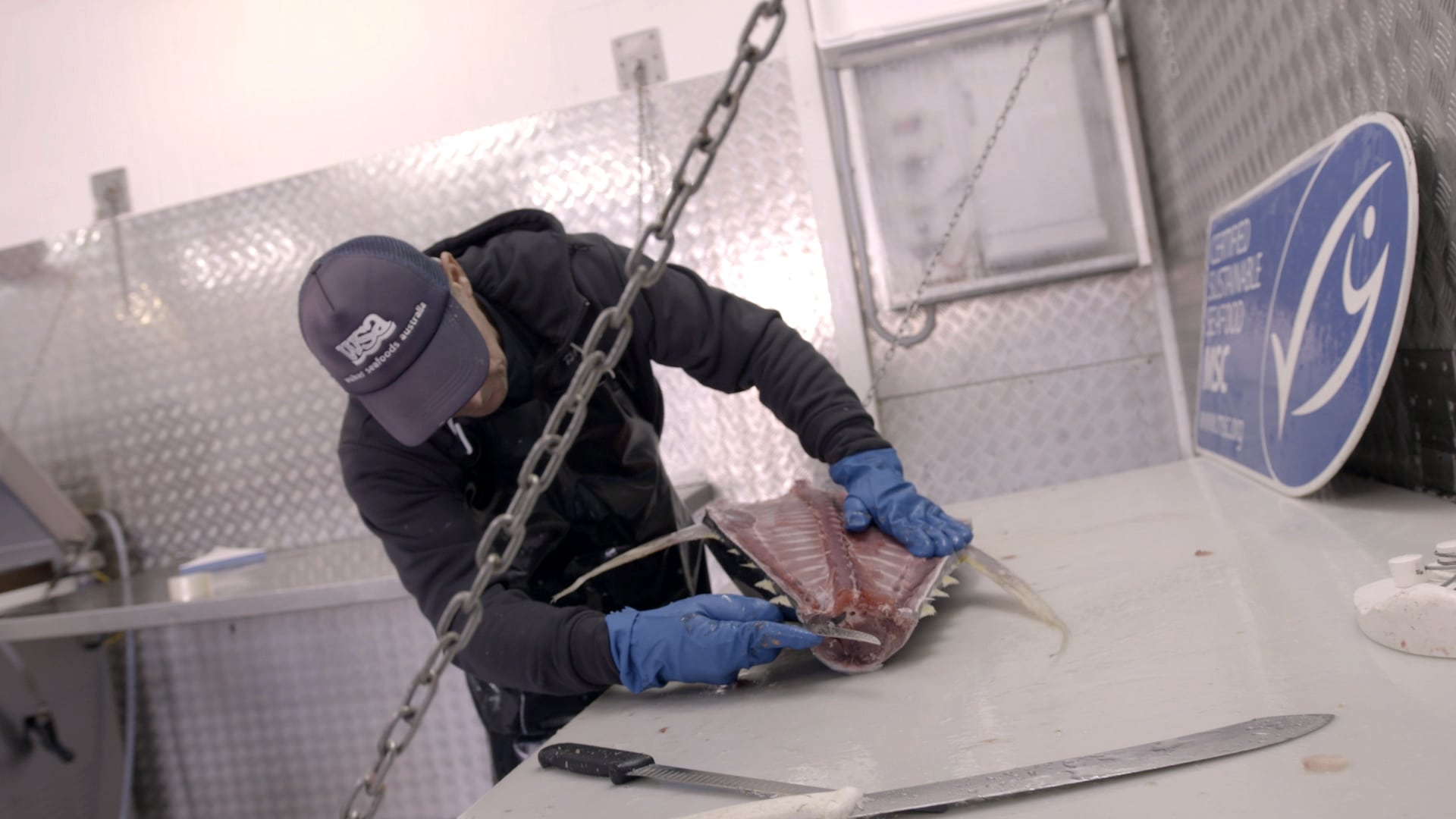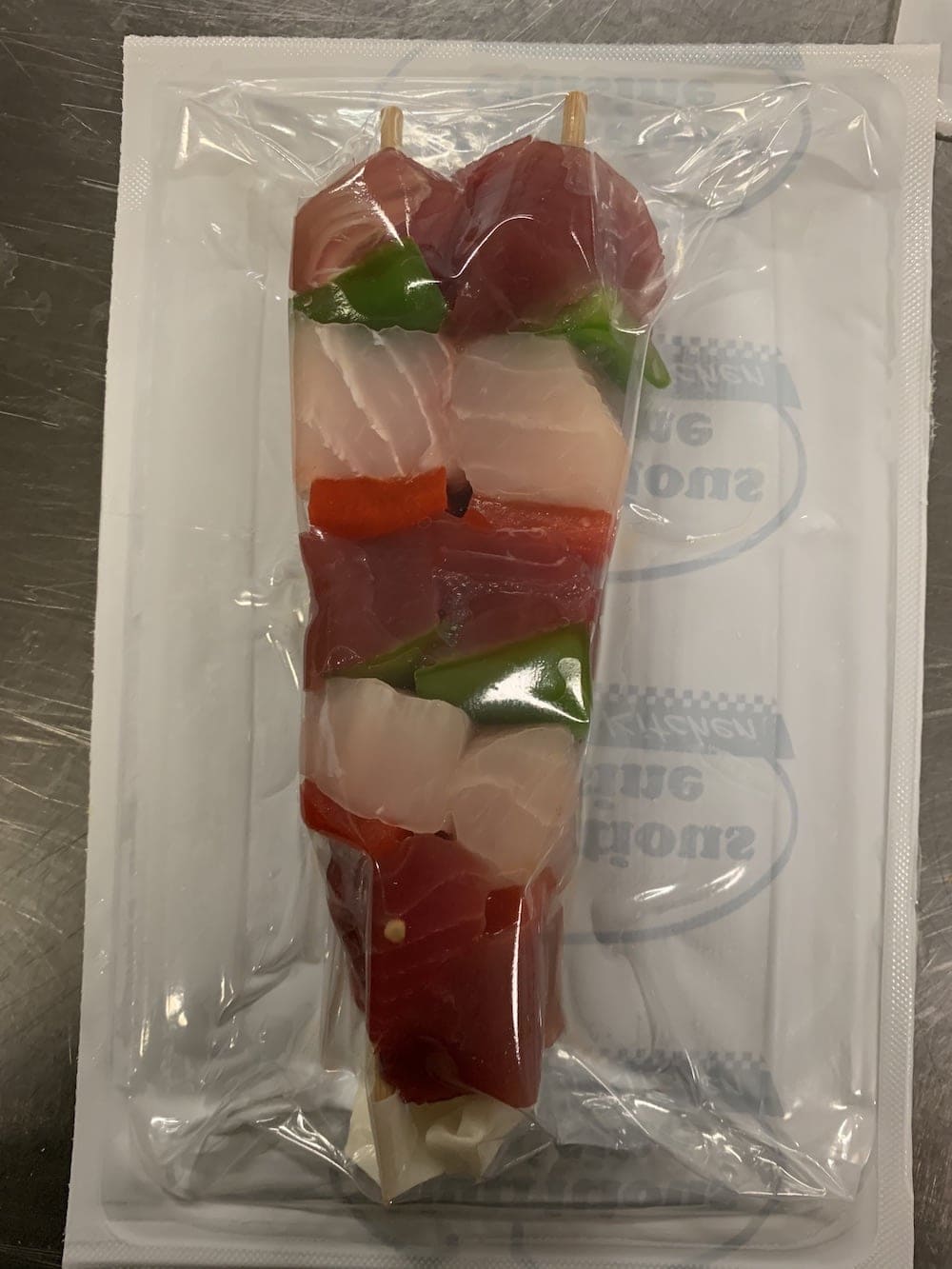New roadmap shows how tuna producers can leverage the Australian market
A new roadmap has identified opportunities for tuna longline producers to better harness the Australian market and leverage strong global demand for seafood, laying a pathway for the tuna industry to grow and prosper.
The roadmap was developed as part of a Tuna Australia project—Assessing the potential of the domestic market for value-added longline-caught Australian tuna (July–December 2020)—funded by the Queensland Government’s Market Diversification and Resilience Grants Program.
“It highlights opportunities for tuna producers to diversify domestic sales and create market resilience against international and domestic market volatility,” said Tuna Australia CEO David Ellis.
Developing options for strong local sales is key to cushioning the impacts of any international market disruption now and in the future.”
A large proportion of the Tuna Australia member fleet is located in Cairns, Mooloolaba and the Gold Coast.
“Like other economies around the world, the COVID-19 pandemic hit Queensland businesses hard,” said Minister for Agricultural Industry Development and Fisheries Mark Furner.
“The Queensland Government is working closely with industry on the economic recovery of the agriculture and fisheries sectors, including agribusiness exporters who support thousands of jobs.
Tuna Australia is a prime example of an industry group that represents Queensland agribusiness building resilience and finding opportunity from adversity.”
New opportunities

Fresh tuna being processed. Photo by Tuna Australia/Millstream Productions.
The project worked closely with Tuna Australia members to explore value-adding opportunities, including innovative product forms, markets and distribution channels to maximise market returns.
“Together with a local company called Creative Cuisine, we looked at different technologies to support increased shelf-life, appearance, and stability of tuna products, along with the production costs and potential returns of those products,” said Phil Ravanello, Tuna Australia Program Manager.
One project activity, for example, involved conducting a fish waste processing trial with Brisbane-based Organic Technology Holdings.
“Tuna offal and frames were put through a proprietary process to separate out protein, oil, collagen, and lipids and analysed to understand the qualities of the products,” said Ravanello.
The trial showed that processing fish waste into high-grade oils and proteins is a significant market opportunity.
“These products are found in health supplements, baby formula, cosmetics, and many other products,” said Ravanello.
Tuna producers need to think of new ways of doing things, said Alastair Smart of SmartAqua, who co-led the project with Tuna Australia.

Packaged tuna kebabs developed as part of the project. Photo by Creative Cuisine.
“The industry needs to look at value-adding from being a cut, chilled meat product to being a head-to-tail no-waste exercise, and to the addition of frozen retail-ready product lines that can leave on ships rather than being reliant on planes,” said Smart.
A key finding of the project was that processing offers a significant opportunity, allowing premium fish to be either marketed through traditional channels or stored using innovative technology until market conditions are favourable.
The main driver for the feasibility of value-added processing is economy of scale, said Smart.
“A consolidated value-adding operation can bring the economies of scale needed to be competitive,” said Smart.
The project findings have been packaged into a roadmap for Tuna Australia members and presented to the Tuna Australia Board.
Combatting COVID shocks
Tuna Australia members operating in the Eastern Tuna and Billfish Fishery have been greatly impacted by the COVID-19 pandemic, especially those exporting fresh fish to important Japanese and US markets.
“Airfreight supported by the International Freight Assistance Mechanism (IFAM) has maintained market presence although the value return to producers has been marginal. Closures to the foodservice sector have reduced demand and prices significantly,” said Alistair Douglas of SmartAqua.
“Although retail and on-line seafood sales have increased significantly during the pandemic, the industry generally lacks the infrastructure and technology to supply these products and meet market demand.”
Douglas said the industry’s lack of diversification and over-reliance on the foodservice sector, either at home or abroad, has been exposed by the pandemic.
“The industry needs to diversify and develop more markets—both abroad and at home—not only to increase its resilience but to take advantage of the global boom in seafood.”